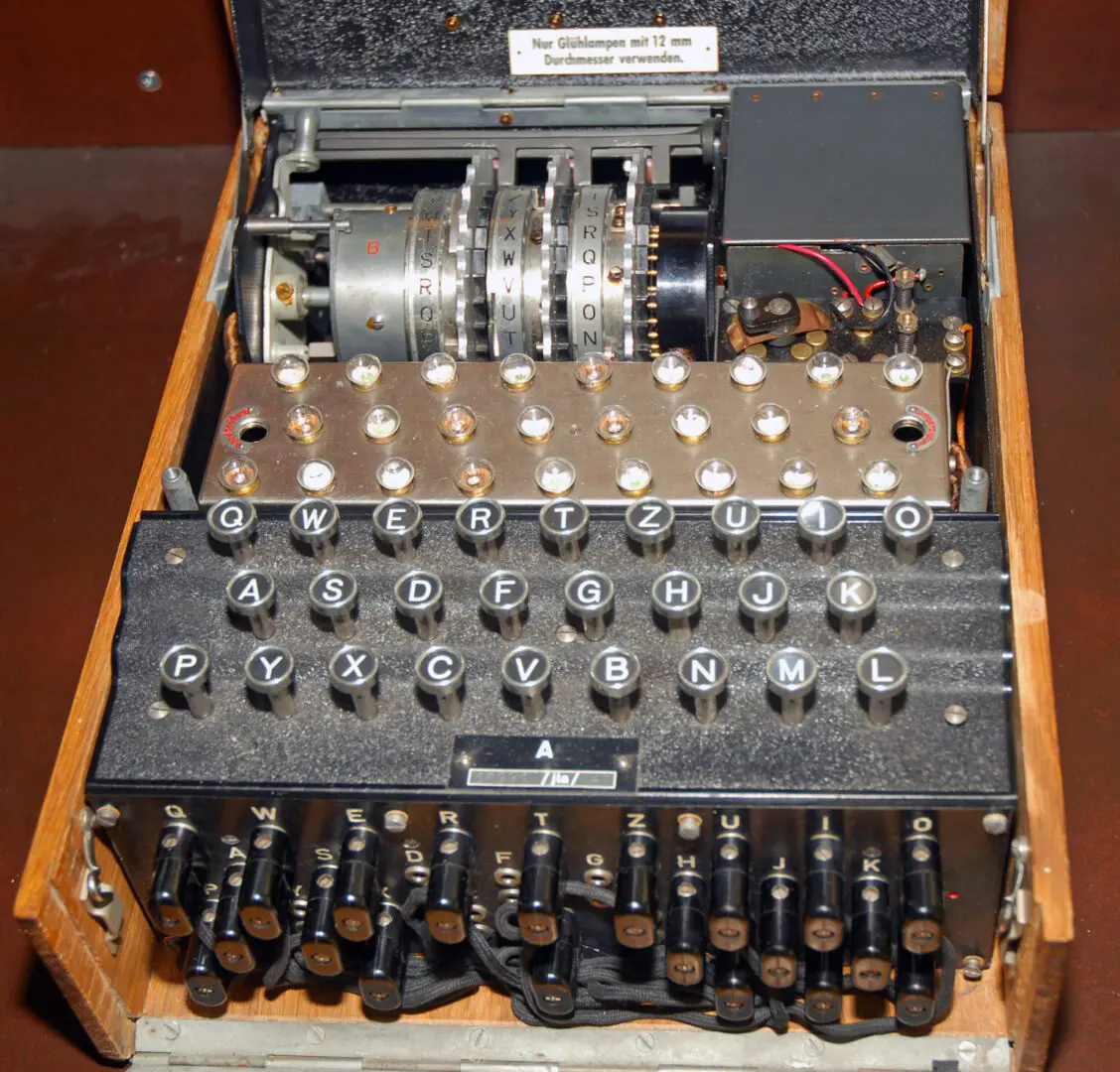
The Crypto Hackers who saved Countless Lives
Three Polish mathematicians played an instrumental role in shortening World War 2 by breaking the secret German encryption machine called Enigma. They were Marian Rejewski, Henry Henry Zygalski, and Jerzy Rozycki. Breaking the Enigma was perhaps the greatest Polish contribution to the Allied victory. However, this accomplishment, and much of the history of the Enigma, was classified until the 1970s. Deciphering Enigma is believed to have shortened the war by two years and saved countless lives.
Having regained its independence in 1918, the Polish General Staff created the Cypher Bureau to learn the secret plans of its two threatening neighbours, Germany and the Soviet Union. It also established a training program for hundreds of students, the secret aim of which was to select the best cryptologists. The most promising was Rejewski, a gifted mathematician who studied at University in Poznan and spoke impeccable German. The two others selected were Zygalski and Rozycki, also graduates of the University in Poznan and fluent in German. These three were chosen exclusively by the Bureau to break the Enigma code.
By 1932, the Bureau began breaking Germany’s Enigma ciphers. Meanwhile, French and British efforts to break Enigma were unsuccessful. The Poles were far ahead of the British because, while the British still used linguists to break codes, Rejewski used mathematics to look for patterns and applied the most sophisticated permutation theories. The Polish successes so infuriated Britain’s chief cryptanalyst, Dilly Knox, that he threw a tantrum. Rejewski was able to develop the equations that allowed the team to determine the wiring of the rotors in Enigma. Once the equations were solved and the wiring of each of the rotors determined, Rejewski had his team rewire a fully functioning replica.
However, there was much left to do still since the code settings were changed daily. Rejewski then invented a machine in 1936 called a cyclometer that determined the settings mechanically and worked very well as almost all German messages were successfully decoded. However, in late 1937, the Germans changed the method of encoding, which resulted in Rejewski’s method becoming useless.
Zygalski then devised a life-saving solution. He invented what was called the Zygalski Sheets, which exploited the repetitiveness of the signs in a key message. Because this was a manual process that took a lot of time, and with war approaching, Rejewski knew something much quicker was needed. He again proved himself to be the ultimate engineering genius by designing a machine called the “bombe”. It was an electro-mechanical device consisting of six Enigmas that shortened the time for obtaining a key to about two hours. Rejewski named his invention after an ice cream desert that was popular in Warsaw.
In September 1938, the German Army again increased the complexity of the Enigma by adding two additional rotor wheels. This complicated the process of code breaking tenfold. Even though Rejewski quickly figured out the internal wiring of the new rotor wheels, finding out daily keys became a much longer process. Meanwhile political tensions continued to rise.
In July 1939, five weeks before Hitler attacked Poland, the Poles secretly met with French and British intelligence officers, showed the incredulous group their procedures for code breaking, and gave them functioning replicas of Enigma. This Polish intelligence-and-technology transfer would give the Allies an unprecedented advantage in achieving victory in World War 2. On September 1st, 1939, Hitler invaded Poland and on September 17th, Stalin invaded Poland.
Thereafter, the British facilities at Bletchley Park became the center for Allied efforts to keep up with the changes in Enigma. The Poles were not allowed to work at Bletchley Park, which had about 10,000 British workers. Alan Turing, the British mathematician who led the cryptanalysis effort, could not have cracked Enigma’s code without the help of the Polish mathematicians. Based on their knowledge, Turing was able to build a very large computing machine that was able to incrementally work out the vast number of permutations in the Enigma settings.
